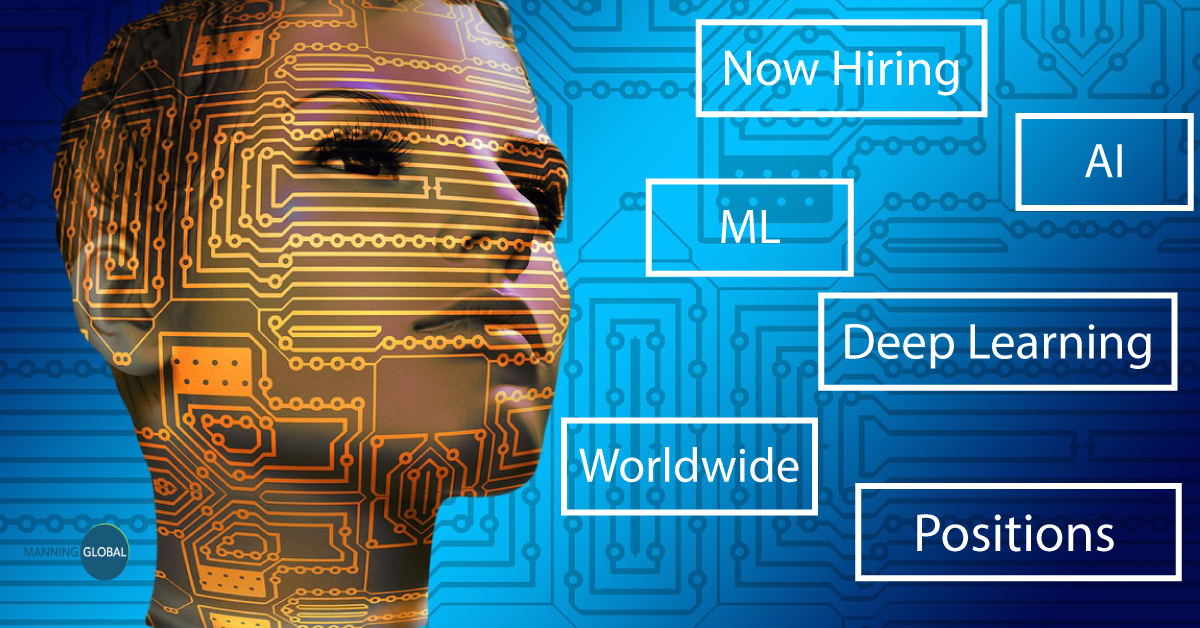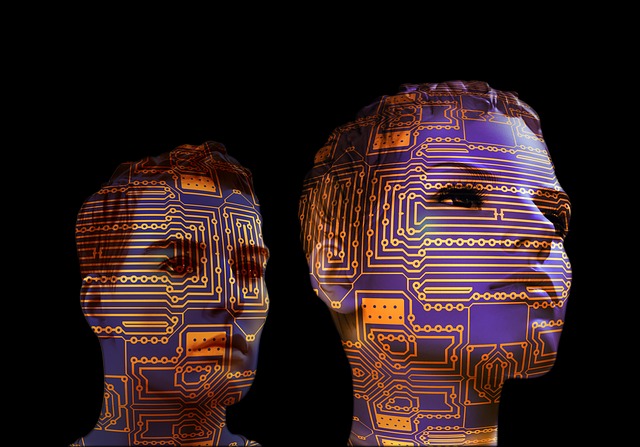Virtual waiters and waitresses, self-service checkouts… heck, nowadays there’s even robot orchestra conductors! Love them or loathe them, it seems artificial intelligence (AI) and robotics is here to stay. But how will these technological advances in our home and work life affect us going forward? While there’s a debate raging about the benefits of automation in the world of work, there’s no doubt that AI means more jobs in tech, science, maths and engineering – known as the Stem group.
In America – home to some of the world’s biggest tech firms – growth in computing is expected to deliver half a million jobs within the next decade. However, job prospects for women do not appear so rosy. According to the Economic Forum’s study of more than a dozen advanced economies, if the current gender ratios remain the same until 2023, for every 20 jobs lost to automation, men will see five new jobs and women just one.
The research shows that at the current rate women risk losing out on jobs as more tasks at work become automated.
The World Economic Forum’s Future of Jobs report indicated men and women would share the burden of jobs losses fairly equally.
However, findings from the Institute for Spatial Economic Analysis (ISEA), in California, showed women are twice as likely to work in jobs with a high chance of being replaced by automation.
These occupations were mainly in the administrative sector, which employs more women than men.
This research doesn’t take into account that there will be jobs created in the future that do not exist now – many of which will not be able to be completed by robots – not to mention the social and ethical concerns going forward, like if people would find it socially acceptable to have robots caring for their elderly relatives.


